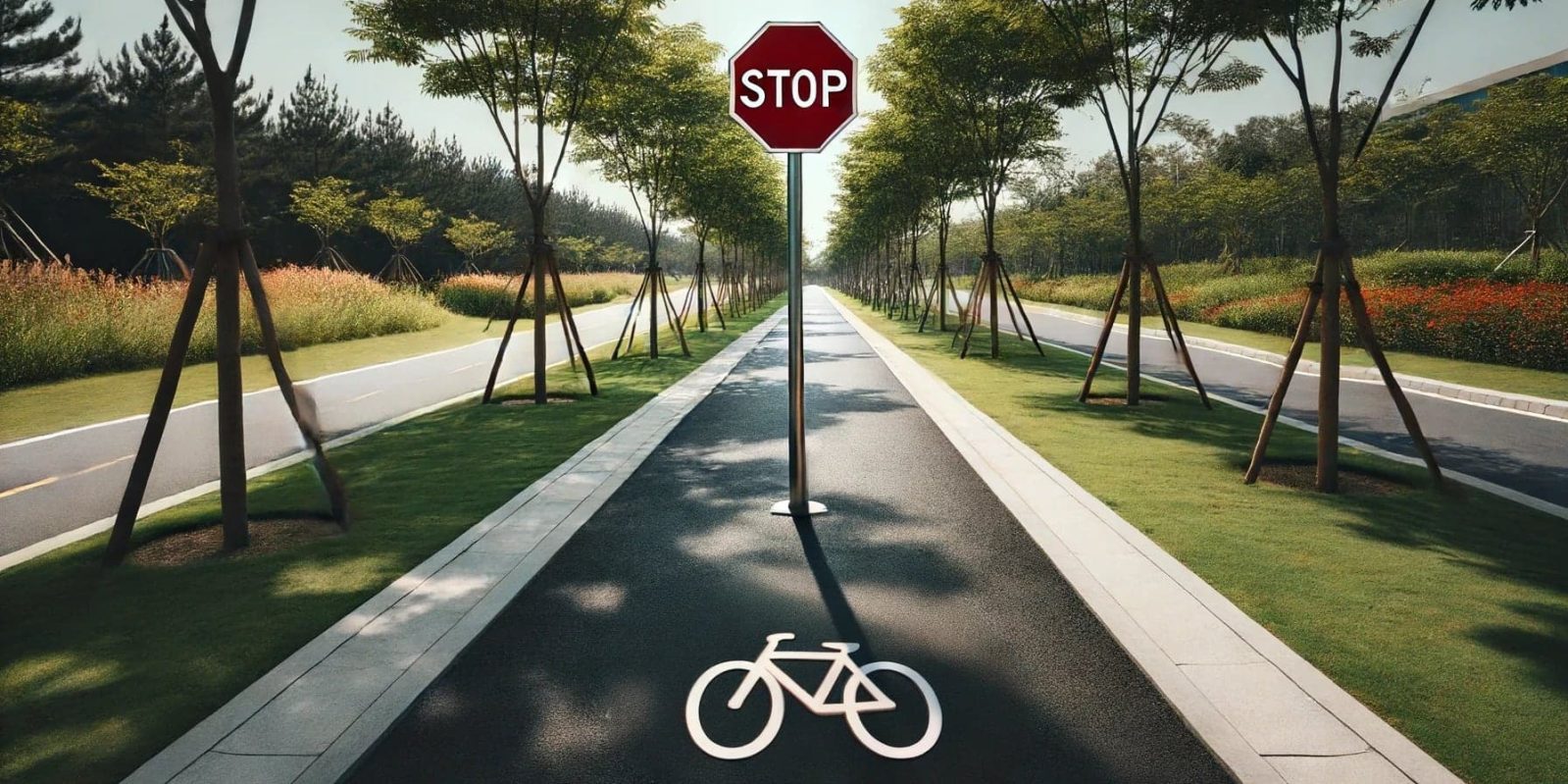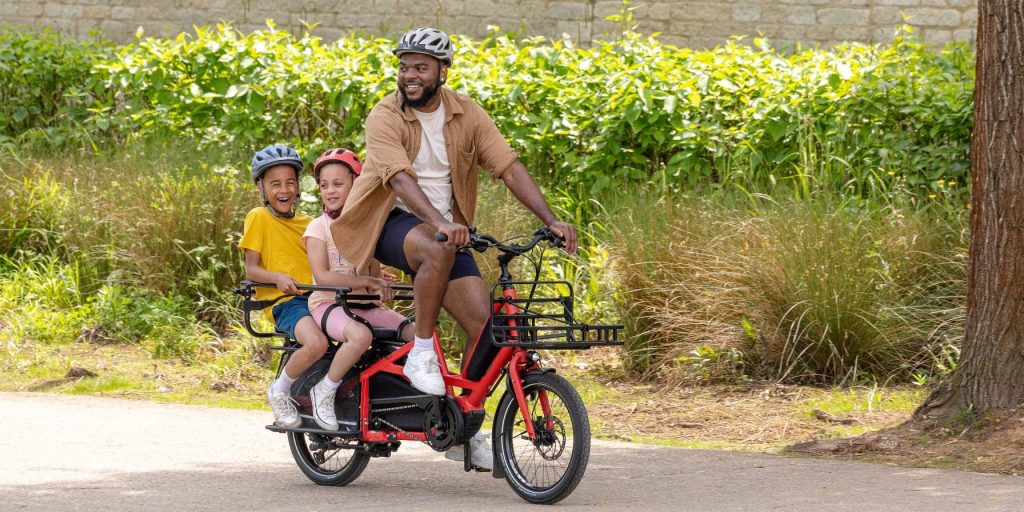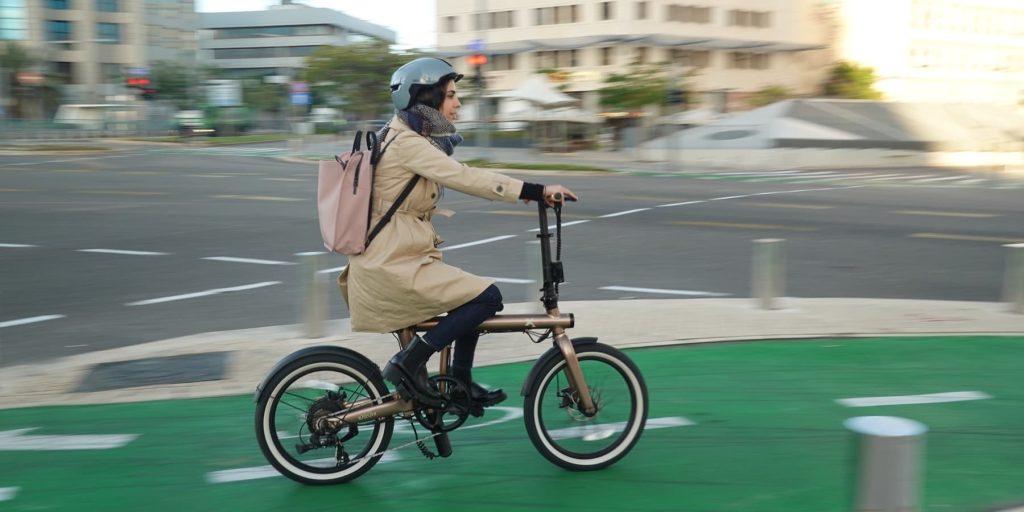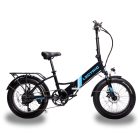
A new bill submitted to the Oregon Legislative Assembly seeks to ban street-legal Class 3 electric bicycles from bike lanes in the state.
Class 3 electric bicycles include those that can reach motor-assisted speeds of up to 28 mph (45 km/h), whereas Class 1 and 2 electric bicycles can only reach 20 mph (32 km/h) under motor assist.
Under Senate Bill 471, the proposed legislation would make it an offense if a rider “operates a moped or a Class 3 electric assisted bicycle upon a sidewalk, a bicycle path or a bicycle lane.” Under Oregon law, traditional pedal bicycles can be legally operated on sidewalks unless restricted by a local ordinance, but e-bikes are already banned from operating on sidewalks.
Thus, the proposed legislation is effectively a ban on electric bikes capable of speeds exceeding 20 mph from being used in bike lanes. Instead, such bikes would only be permitted for use on public roadways.

In addition, Section 2 of the bill seeks to remove key protections for cyclists operating such 20+ mph electric bikes in bike lanes. Under current law, a motorist can be cited for failing to yield right of way to a cyclist in a bike lane when the motorist crosses over the bike lane, such as when crossing into a driveway, parking lot, etc.
The proposed legislation would remove the requirement for motorists to yield the right of way to cyclists on Class 3 e-bikes in bike lanes.
It should be noted that drivers cannot visually distinguish a Class 3 e-bike from other classes of e-bikes being ridden in a bike lane because the difference is performance-based.

Electrek’s Take
Sure, I support this law, as long as we can apply the logic equally. If the logic goes that Class 3 (28 mph maximum) e-bikes have the ability to be ridden faster than much of the traffic flow in a bike lane and thus should be banned in such bike lanes, then we might as well just ban cars capable of highway speeds from being operated on city streets. “Can your car go faster than 40 mph? Sorry, you know the rules. Keep that thing off city streets.”
It makes sense, right? Same logic. If it *can* go faster, it shouldn’t be allowed to operate there at all.
Top comment by Smith
For three+ decades I was a Seattle commuter on an analog bike, commuter on e-assist class 3, or commuter in a car. On bike trails and lanes there have always been those analog and e-assist trail users whom recklessly sped past me trying to break their record or something, whether I was on my analog or class 3. Same on the car-centric roads, maybe the same people, reckless, especially in recent times.
The common sense solution is a speed limit and enforcement, in both cases.
I mean, if a 60 lb e-bike that has the potential to go 8 mph faster than another e-bike is such a menace to public health and safety, then oh lordy what must we think of 5,000 lb vehicles that can easily exceed 120 mph with just a two-inch deviation of a distracted driver’s big toe? Surely we’ll be kicking those out of cities any day now, right? Right, guys? Guys…?
Ok, let’s get serious now. This law is awful and the legislators that conjured it up should be put on a 21 mph bicycle and forced to spend a couple minutes riding with their handlebar inches from 40+ mph cars to truly understand what real danger is. Then let’s hear them try to tell us how it’s a Class 3 e-bike that is the true danger.
I’m not trying to say that we should completely ignore that sometimes people get hit by an e-bike. It happens. It has even been lethal on exceedingly rare occasions. But you know what happens on regular occasions? Cyclists and pedestrians getting hit and killed by cars. So instead of spending legislative effort trying to push e-bikes back out onto roads, maybe we should expend some effort keeping car fenders off of cyclists’ bodies. Or invest in more bike lanes. Or increase enforcement of traffic violations for all road users. Or increase awareness education for drivers and riders alike. There are so many good answers, but none of them can be found in this bill.

via: KMTR
FTC: We use income earning auto affiliate links. More.





Comments